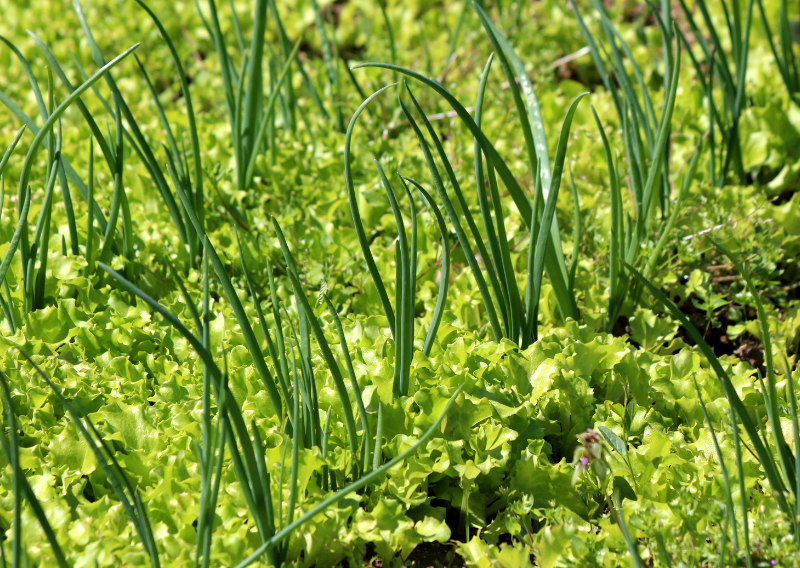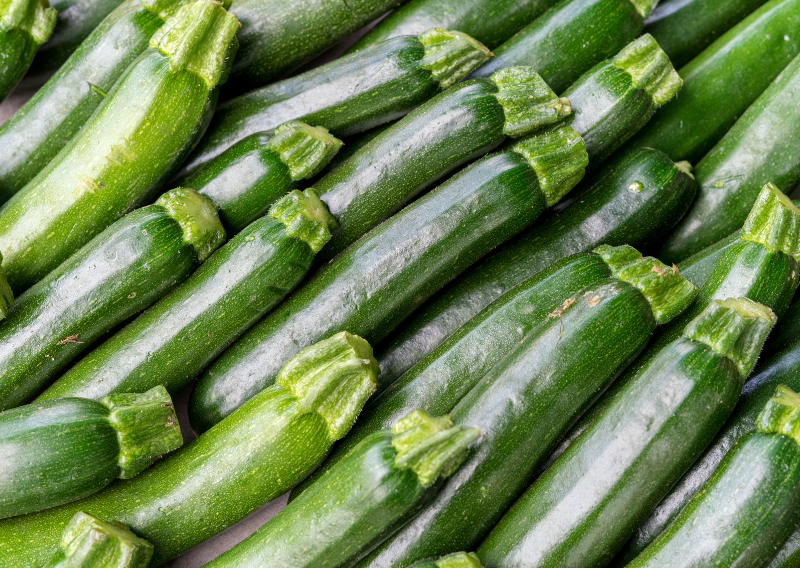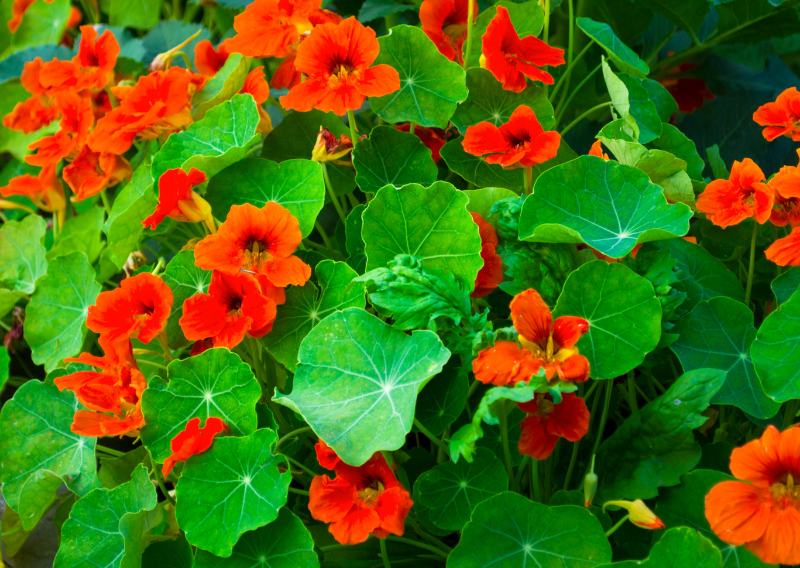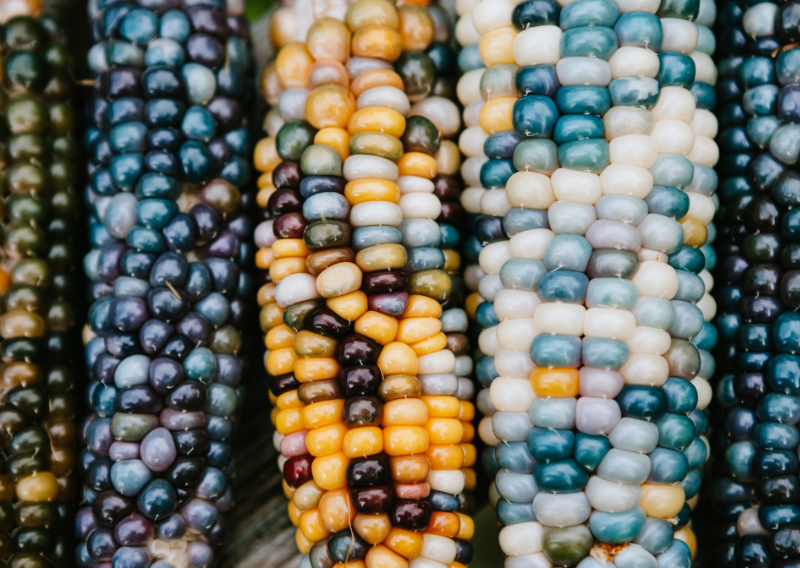
How To Maximize Your Space Using the Square Foot Gardening Technique With 5 Easy Steps
A quick tip to maximize your harvest in a small space using the square foot gardening technique!
I want to share a little gem of wisdom that I stumbled across during a recent chat with my friend Jacks Patch, @jacks_patch. It’s a fantastic solution for those of us who love to garden but are limited by space – the art of companion planting using square-foot gardening. This gardening method promises to maximize your yield, even in the smallest of spaces. So, let’s dig in!
Imagine you have a small patch of your backyard or balcony flourishing with fresh, organic lettuce and spring onions. It’s not only possible but also quite easy with this simple yet effective gardening hack. The secret? Planting your lettuce and spring onions close together in a specifically measured space.
The benefits of this technique are numerous. Firstly, these two make great garden mates. Secondly, the strong aroma of spring onions acts as a natural pest repellent, keeping your leafy greens safe (yup, it will repel some insects!). And finally, this layout ensures that every inch of your grow bed is used to its maximum potential.


The Layout and Planting Technique:
The technique is quite straightforward: define a 20-inch row and plant every 10×10 inches apart. To visualize this, think of a 10-inch square. At each corner, plant a lettuce plug, leaving the center grid section for a spring onion.
Why this arrangement, you ask? Well, as your lettuce starts to flourish, each spring onion won’t be overshadowed by the circumference of the lettuce. This leaves them ample space to grow tall and strong right in the middle.
This innovative layout not only helps fill your garden bed with thriving vegetables but also helps retain soil moisture and maintain the perfect temperature for growth. Remember, every square foot counts, and if we maximize the biodiversity within it, both your garden and soil will reap the benefits!
Here’s a Step-by-Step Guide to Companion Planting Using Square Foot Gardening:
1. Prepare your soil: Start with good compost. Spread it evenly across your grow bed. Nutrient-rich soil is the cornerstone of any successful garden, and this is no exception.
2. Establish rows: Using a spade, create a row that’s 1-2 inches thick and 20 inches long.
3. Plant traditionally: Now, it’s time to plant your vegetables. Remember to maintain a distance of 10×10 inches between each plant.
4. Alternate your plugs: To follow the square foot model, alternate between lettuce and spring onions. The diversity in your plant life will help keep the soil healthy and nutrient-dense.
5. Follow the square foot model: Place a lettuce plug at each corner of a 10×10 inch square. Plant a spring onion plug in the center. This placement allows every plant to flourish without overcrowding.
Tip: You can plant red, green, or brown lettuce together with the onions!
If you didn’t know, lettuce is not just great in salad! You can also use them as a wrap, in soup, or even in smoothies.
By following this method, your garden will be bursting with fresh produce in no time. (Pro tip: you can also make different raised beds using this same technique). This is a testament to the fact that even in the smallest spaces, with smart planning and a little bit of elbow grease, we can have a garden to be proud of.
Happy growing!






















